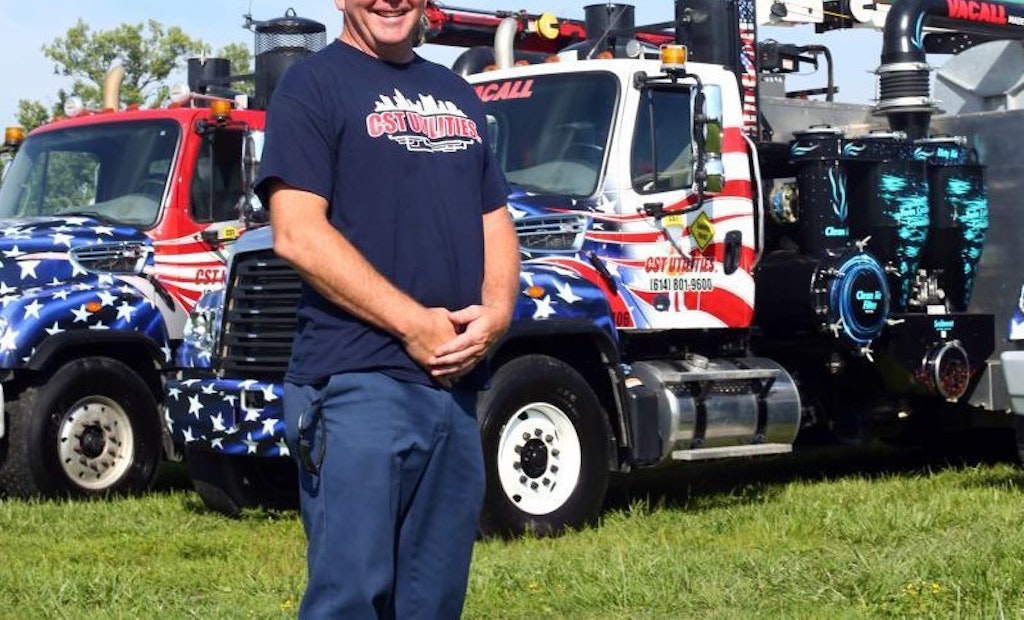
Interested in Industrial?
Get Industrial articles, news and videos right in your inbox! Sign up now.
Industrial + Get AlertsReliability and power rank high on Chuck Lang Jr.’s criteria for investing in trailer-mounted water jetters. His company — Chuck’s Septic Tank, Sewer & Drain Cleaning in Grove City, Ohio — owns two trailer jetters made by Harben.
The jetters feature 300-gallon water tanks and rotary pumps made by Harben (a subsidiary of Flowplant Group). The pumps deliver 4,000 psi at up to 18 gpm flow. The company uses the units primarily to clean commercial and residential lateral lines, grease-trap drainlines, catch basins, and sewer lines up to 6 inches in diameter, Lang says.
“We’ve had zero problems with them,” Lang says. “They’re very well-engineered. If you run the pump dry or accidentally leave it out in the cold, you don’t have to worry about a rotary pump breaking down. It’s hard to damage them. We’ve never had to rebuild one of these rotary pumps. And that’s very unusual for a jetter pump.”
Reliability is critical to providing great customer service, Lang says, noting that it’s difficult to retain customers — and earn word-of-mouth referrals — when equipment breaks down on jobs. “I’ve had jetters break down before on jobs, and you lose the job over it,” he points out. “You sub the work out to someone else. Then, the customer ends up hiring the sub for future work.”
A powerful water jetter can save clients big bucks, too. Lang recalls one job where a two-by-four board clogged a residential lateral line. “When the house was built, there was a ditch line open, and the two-by-four must’ve floated into the sewer line down to the 45-degree bend where it connects to the mainline,” he explains. “The drainline was about 20 feet underground, and we were able to cut the two-by-four out with the jetter. The only other way to do it would’ve been to excavate in the middle of the road, which would’ve easily cost $20,000 to $30,000.”
Learn more about Chuck’s Septic Tank, Sewer & Drain Cleaning in the current issue of Pumper.





